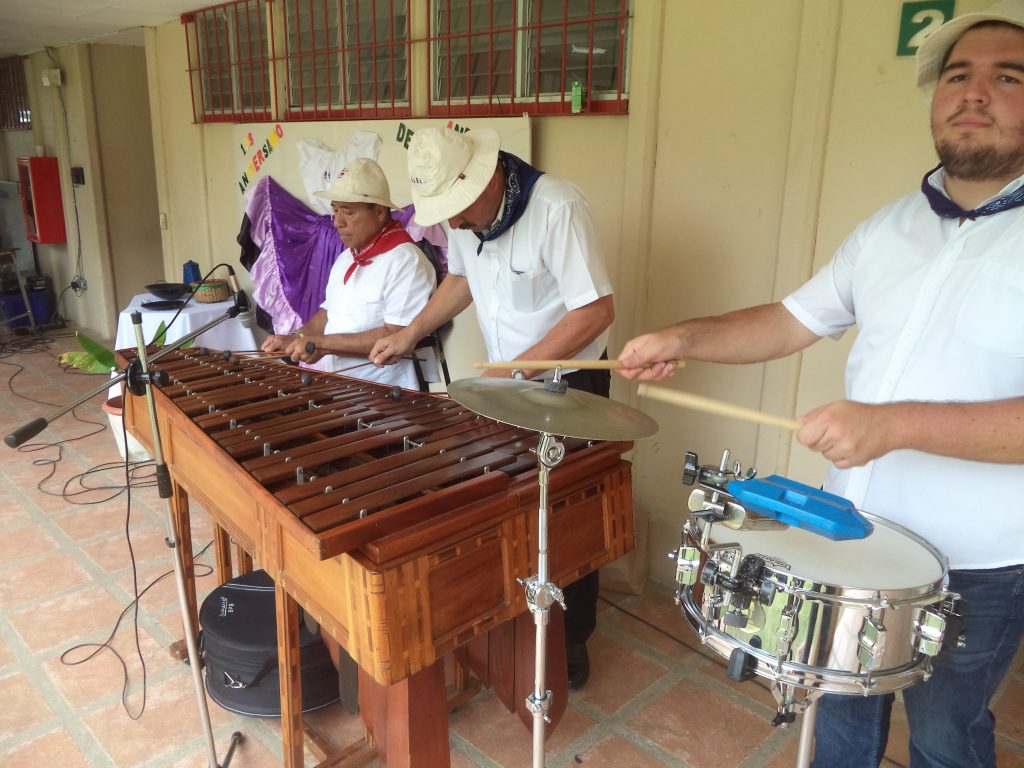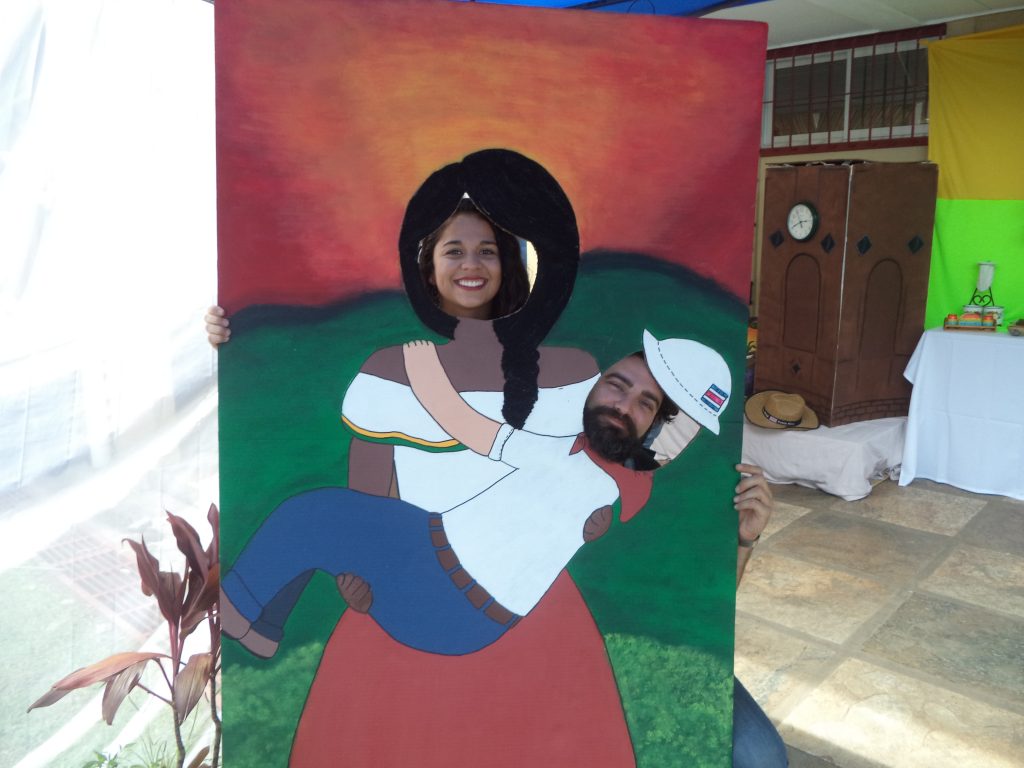Annexation of Nicoya to Costa Rica (Guanacaste Day)
Although Costa Rica celebrates many national holidays, there are few as vibrant and culturally inclusive as the Annexation of Nicoya to Costa Rica (Guanacaste Day), which takes place on July 25th. Unlike most annexations throughout the world, the annexation of Nicoya, and thus the province of Guanacaste, was made possible by the request of the inhabitants, not some militant coup, uprising, or any such violence.
Prior to annexation in 1824, the province of Guanacaste (including the incredibly beautiful Nicoya Peninsula) was part of Nicaragua. At the time, Nicaragua was struggling with unrest and civil war which led the inhabitants of this region to request to be annexed to Costa Rica. The Central American Federation approved the request and the region became part of Costa Rica. Being that the inhabitants were the catalyst to annexation, the saying “de la patria por nuestra voluntad” (literal translation: of the country by our will) became an illustration of Costa Rican democratic values. *

Here in San Jose, I couldn’t participate in a full-scale celebration. However, by the invitation of my students, I was able to gain access to a sample of the cultural festivities. Their colegio, or high school, held a small festival that celebrated by showcasing the cultural diversity of the entire nation.
I took the bus out to the colegio and was met with open arms. The students, as well as the administrative staff, led me to a seat in the front row to watch the final dance number. (I was there before other members of the public were allowed to visit, but missed some of the other presentations). I felt so welcome with my smile stretching from ear to ear. The dance number concluded and I began to mingle with the students and faculty. A band listlessly played classical Costa Rican music, booths were being manned by the student presenters, and the food was quickly prepared.

Some of my students quickly found me and began to show me around. Each class represented a different province and gave historical presentations, offered typical food, played music, and adorned decorations. Before I knew what was really happening I had a plate of corn tortillas with natilla (similar to sour cream), corn on the cob, and arroz con leche (sweet cream with rice). I tried to pay, but my students refused to allow that. I felt so incredibly welcome. After I conversed with a few more students, I made the rounds to see each of the provinces represented, listened to the histories in Spanish, and ate or drank something from each booth. The experience was incredible. I will forever be grateful to my students for inviting me to such a wonderful cultural learning experience, and for showing me an amazing time.
Not only is this National Holiday a symbol of the democratic values of Costa Rica, but it is truly a time to celebrate all of the cultures that make Costa Rica the rich and diverse country that it is today. Without seeing something like this first hand, I would have never known the importance that Costa Rica places on its very core. The people will always come first and especially their individual values and traditions.
*http://www.costaricaguides.com/guanacastes-annexation-to-costa-rica/

